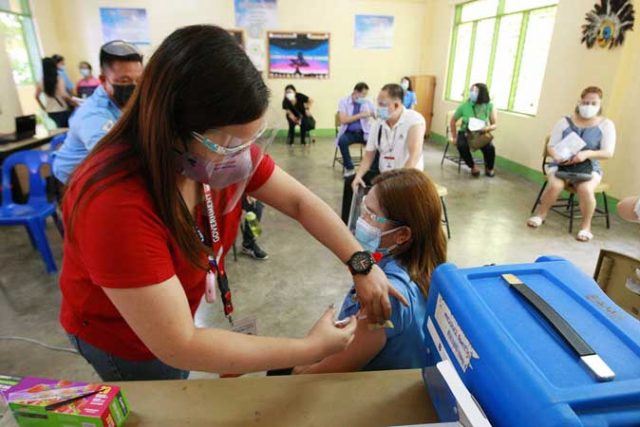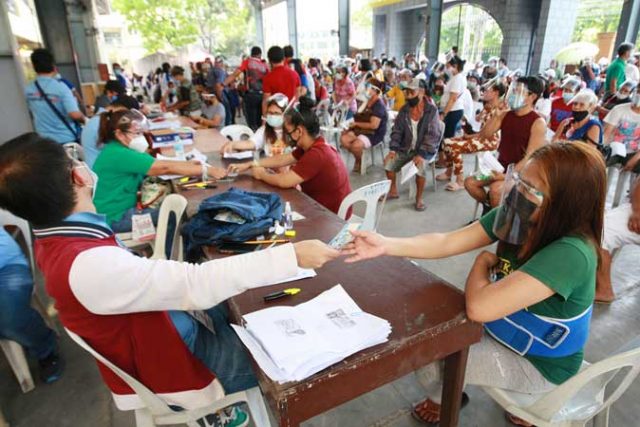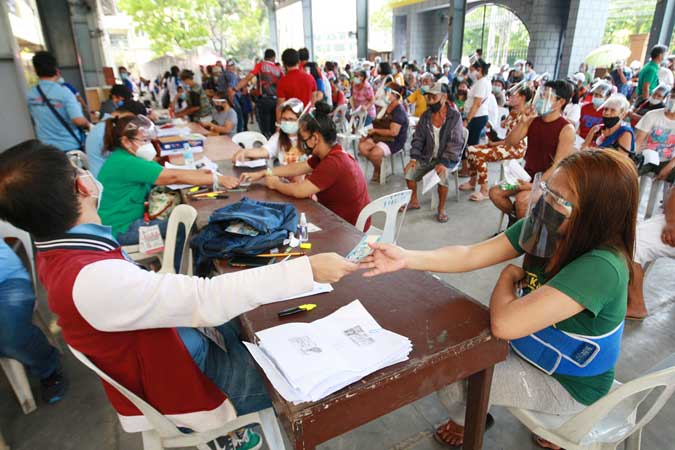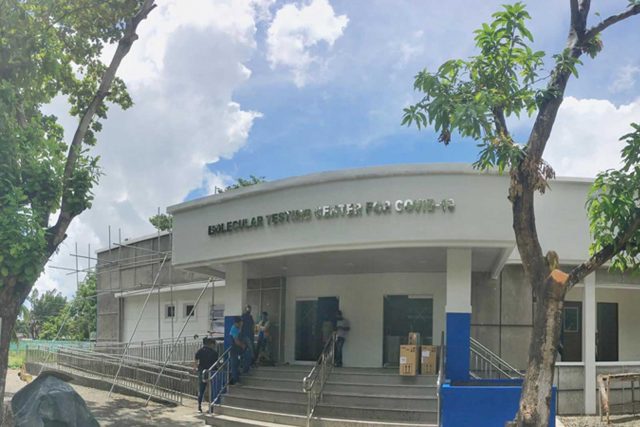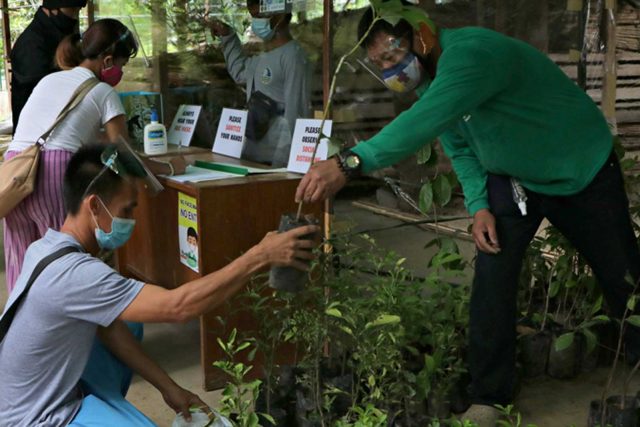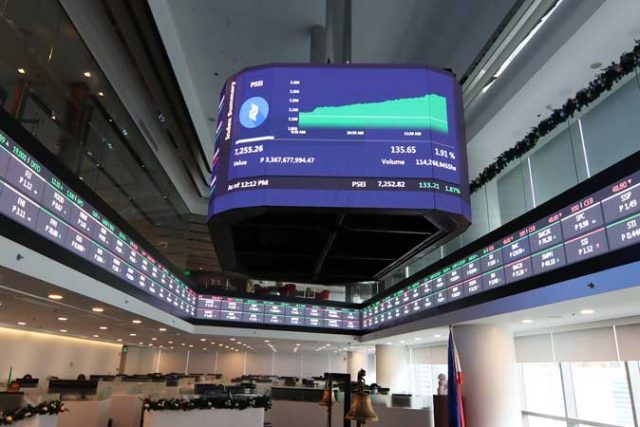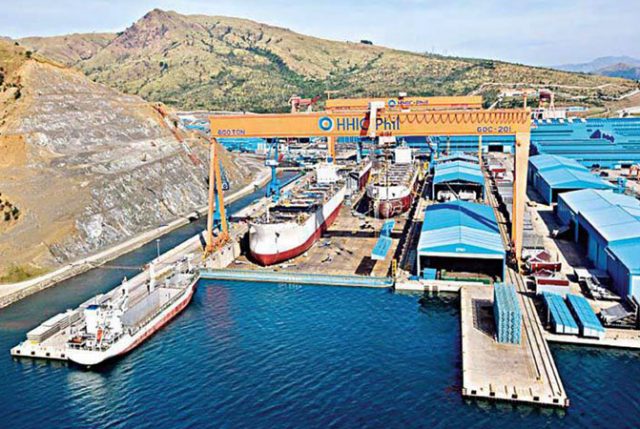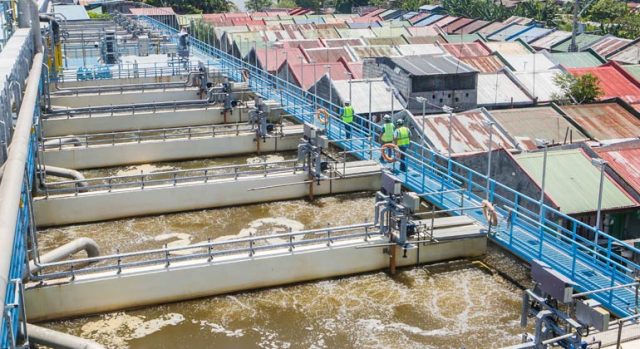Gov’t says it aims for metro herd immunity in six more months
THE PHILIPPINES targets to vaccinate millions of residents in Manila, the capital and nearby cities and provinces this year as vaccine supply issues hinder it from achieving herd immunity for the entire country, according to the presidential palace.
The government expects herd immunity in the National Capital Region and the provinces of Laguna, Rizal, Cavite and Bulacan by November, vaccine czar Carlito G. Galvez, Jr. told a televised news briefing on Tuesday.
“We’re looking at 180 days,” he said, citing estimates by private sector players involved in the country’s vaccination plan.
The government earlier said it was seeking to vaccinate as many as 70 million Filipinos this year.
Mr. Galvez earlier said the country needed to inoculate three million people weekly to achieve herd immunity this year.
The country needs to get at least 15 million vaccines every month to achieve the goal, he said at a televised meeting with President Rodrigo R. Duterte on Monday night.
“If we can achieve herd immunity by vaccinating up to 70 percent of the residents in these areas, there is a big chance that our economy will recover and we can prevent a surge in cases,” he said.
The government has set up 5,000 vaccination sites that can give 100 shots a day, a major requirement to achieve herd immunity, he said. He added that the country needs to have as many as 50,000 vaccinators.
Mr. Galvez said the country is set to take delivery of about 3.3 million doses of vaccines monthly starting June to allow the government to vaccinate at least 120,000 Filipinos daily.
About 92% of the 4.4 million vaccines in the country have been sent out, Mr. Galvez said. About 1.9 million vaccines have been injected.
Mr. Galvez said the vaccines from India might get delayed due to the crisis there, where thousands die daily amid a fresh surge in coronavirus infections.
The Department of Health (DoH) reported 5,683 coronavirus infections on Tuesday, bringing the total to 1.07 million.
The death toll rose by 97 to 17,622, while recoveries increased by 9,028 to 984,210, it said in a bulletin.
There were 66,060 active cases, 1.2% of which were critical, 94.6% were mild, 1.7% did not show symptoms, 1.5% were severe and 0.98% were moderate. The agency traced the low tally to the failure of some laboratories to submit data on Sunday.
DoH said 15 duplicates had been removed from the tally, 11 of which were tagged as recoveries. Forty recoveries were reclassified as deaths. Twenty-one laboratories failed to submit data on May 2.
About 11.2 million Filipinos have been tested for the coronavirus as of May 2, according to DoH’s tracker website.
The coronavirus has sickened about 154.2 million and killed 3.2 million people worldwide, according to the Worldometers website, citing various sources including data from the World Health Organization. About 131.6 million people have recovered, it said.
Meanwhile, the Health department said 380 more people have been infected with the variant first detected in South Africa, bringing the total to 1,075.
It also said 289 more people were infected with the variant first detected in the United Kingdom, raising the total to 948.
Nine people had been infected with the variant first detected in the Philippines, bringing the total to 157. — Kyle Aristophere T. Atienza and Vann Marlo M. Villegas

